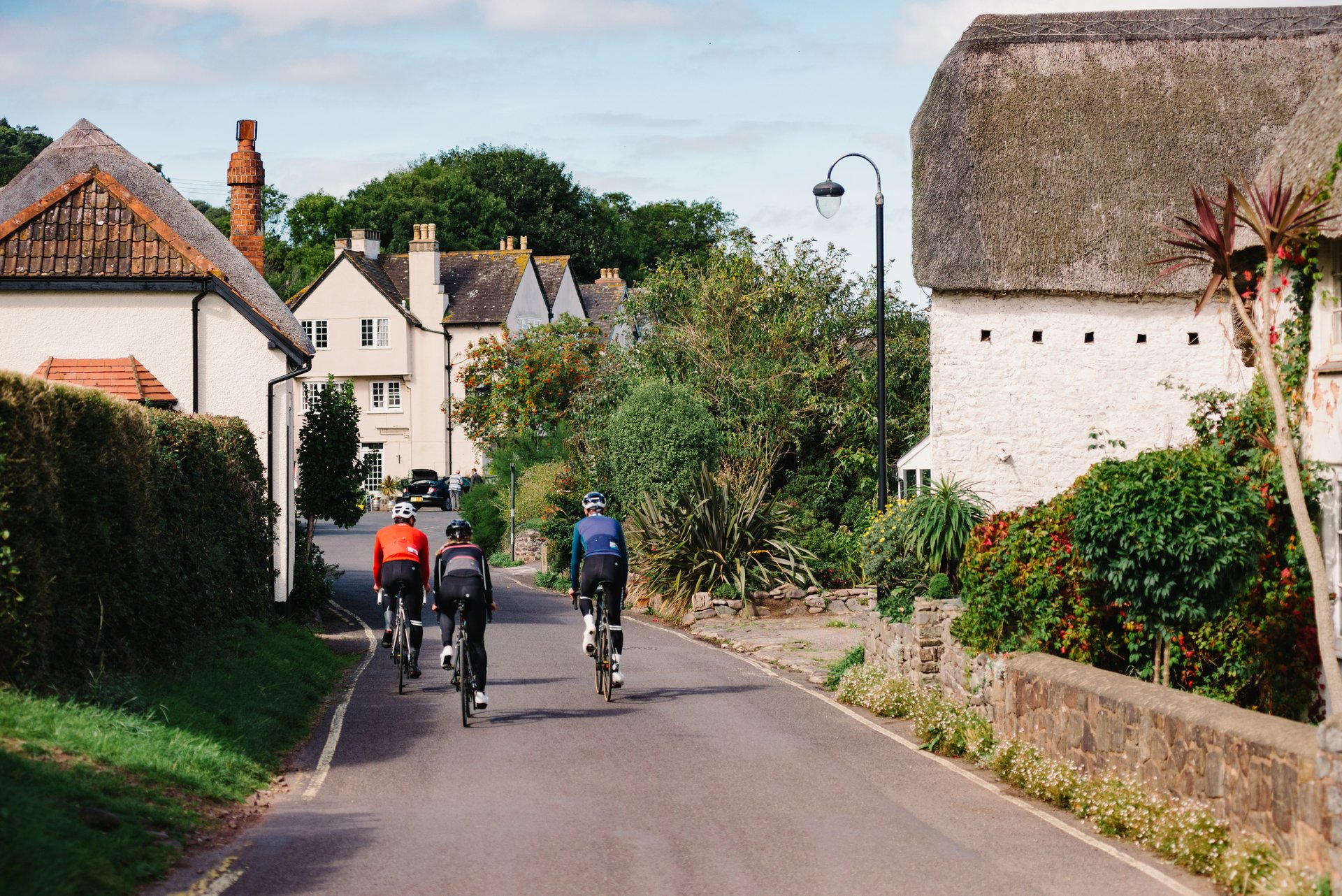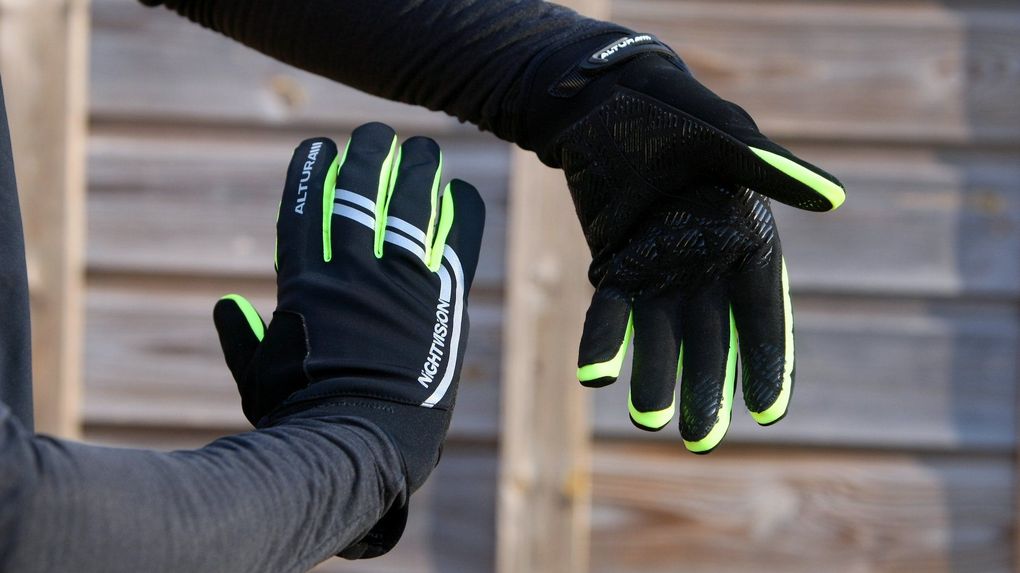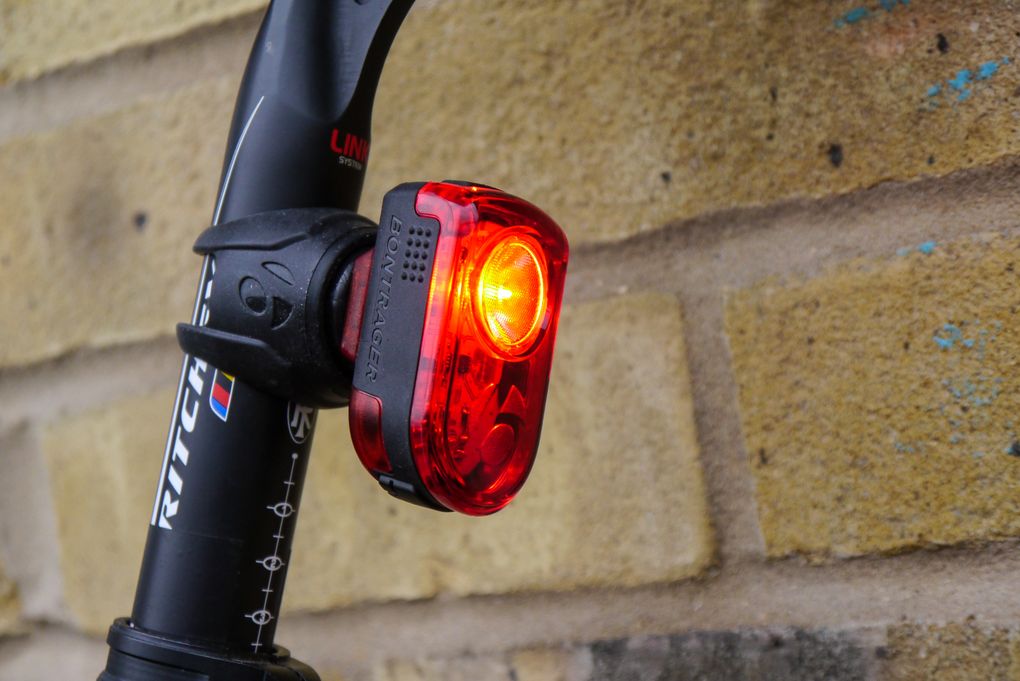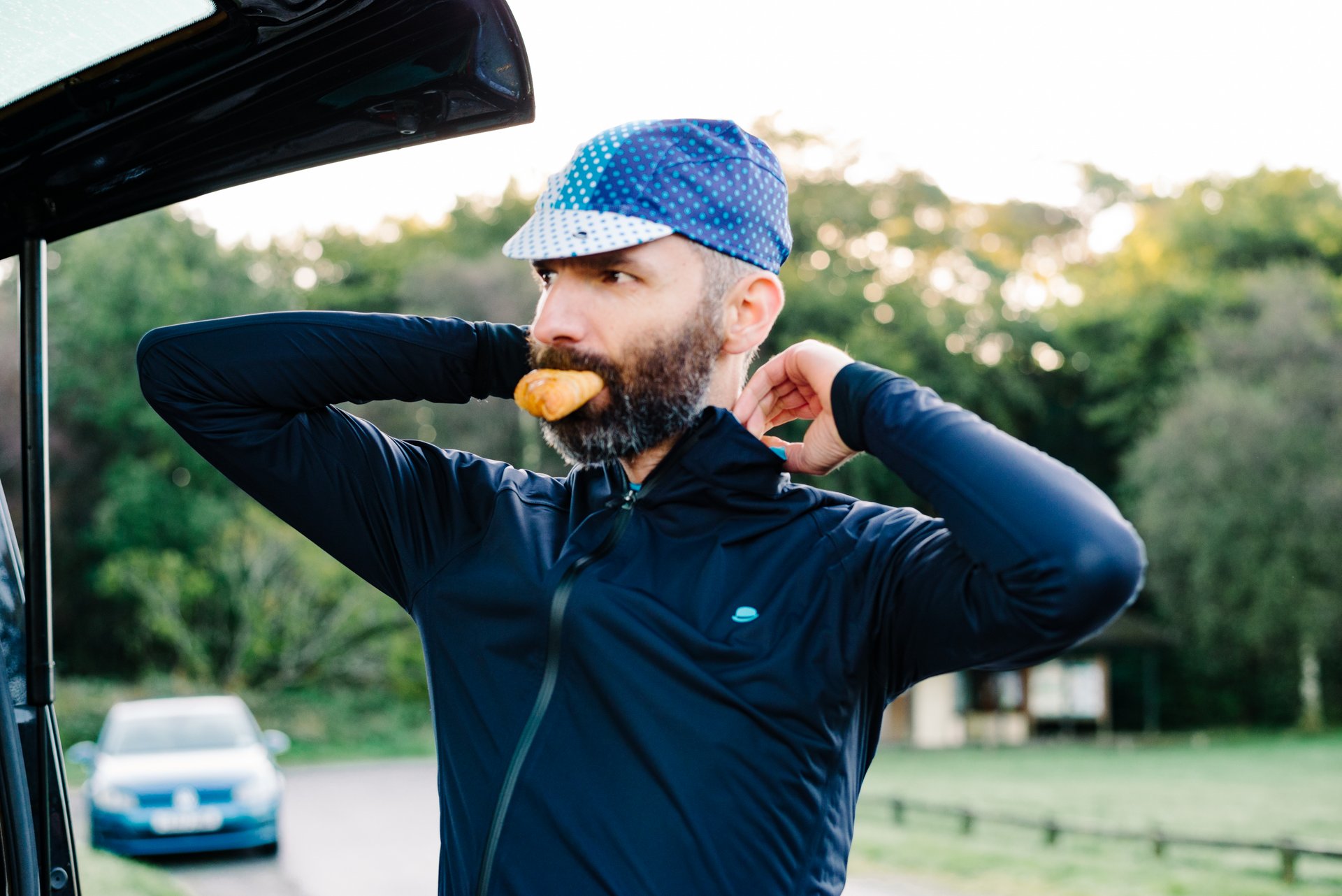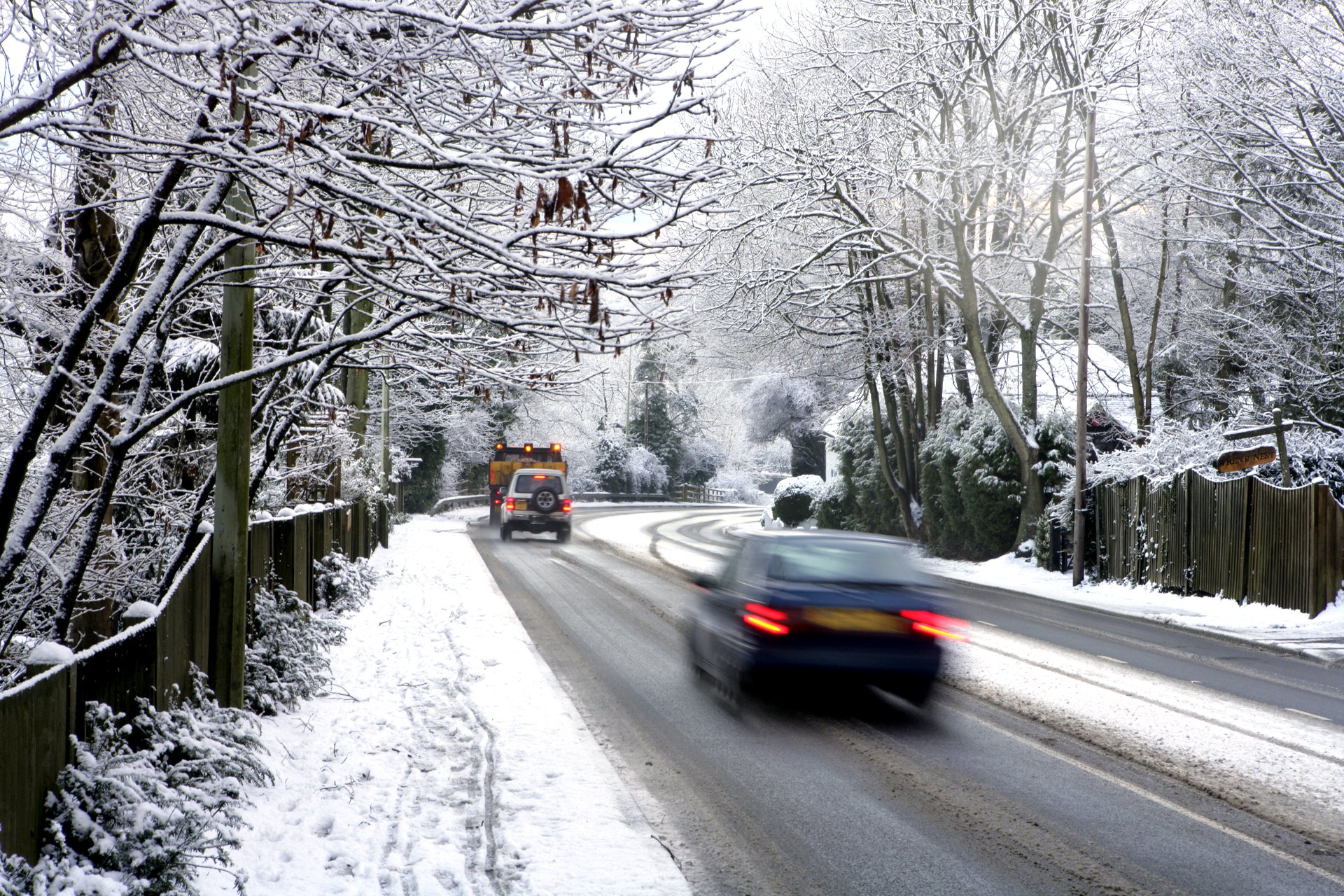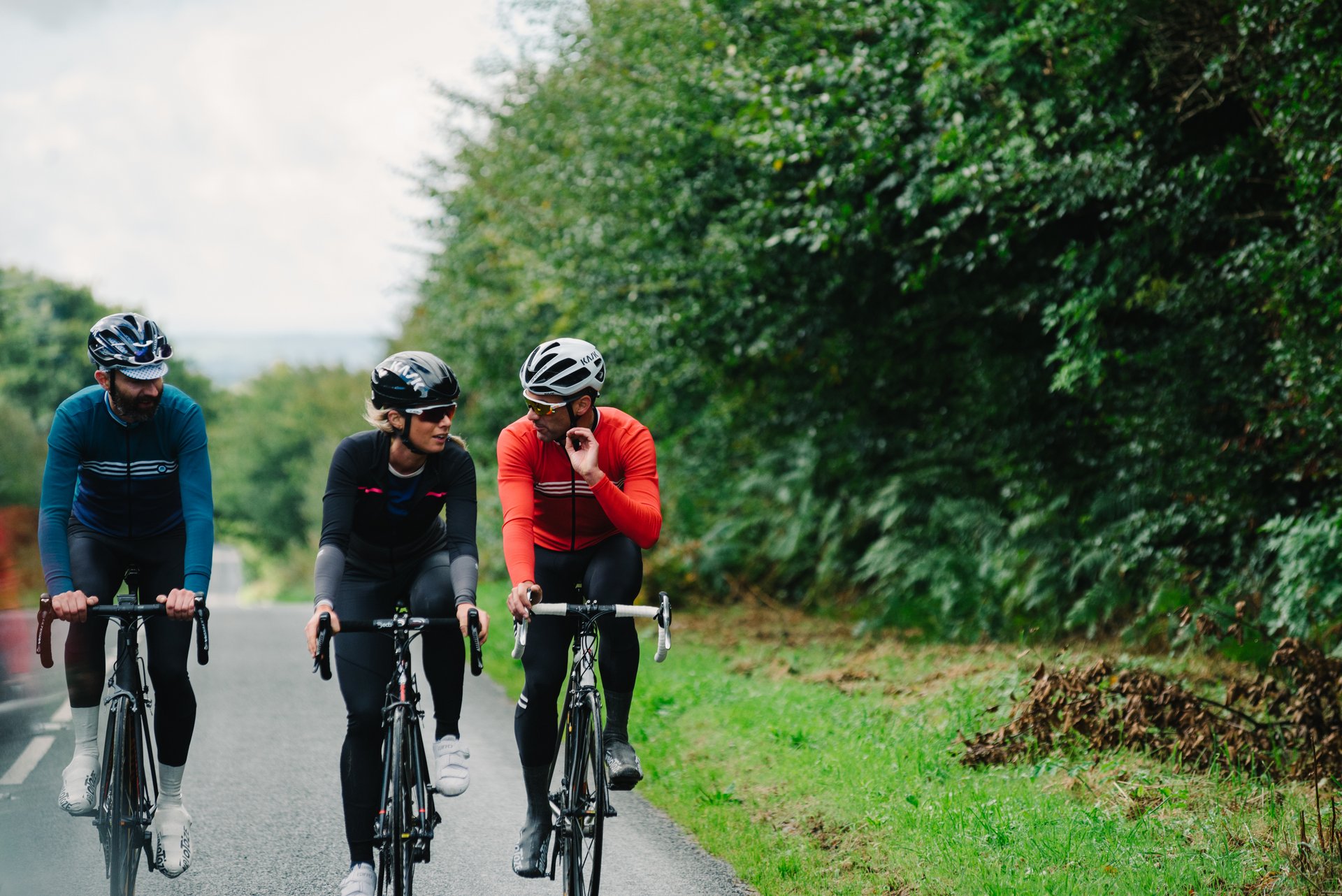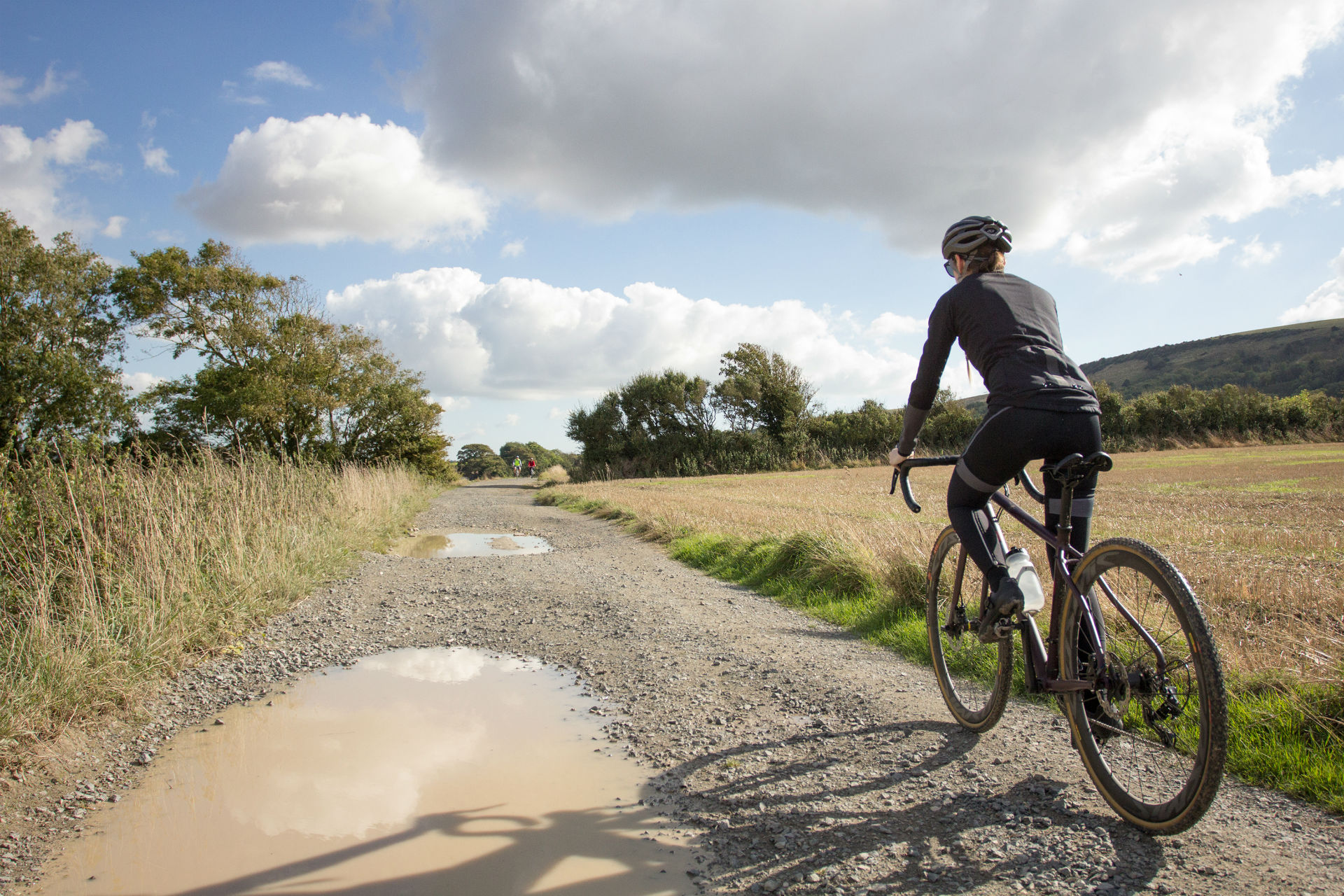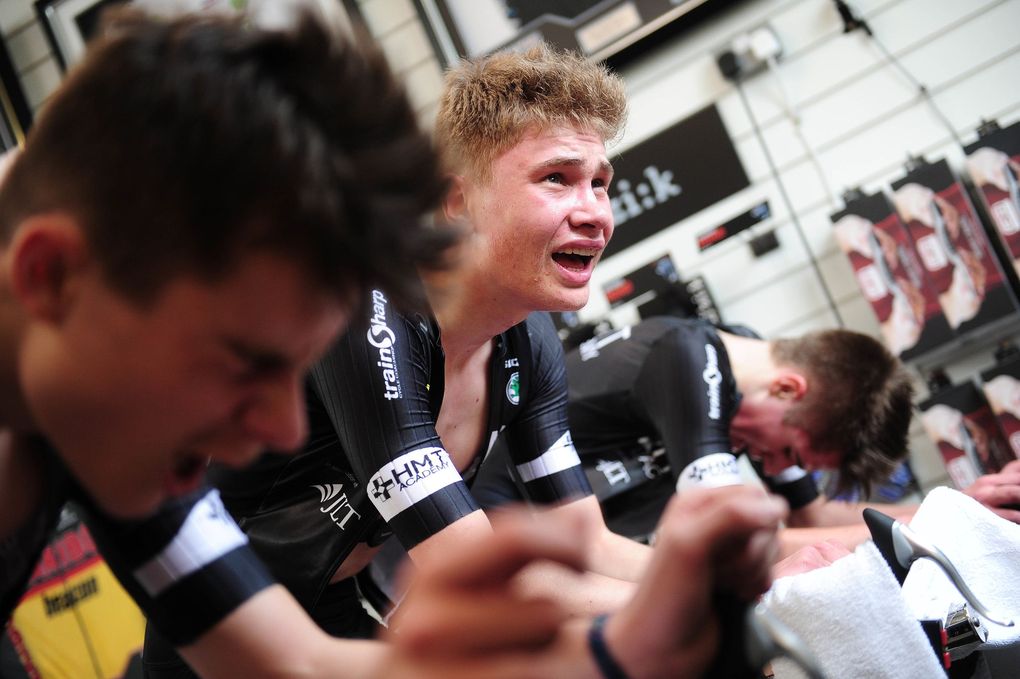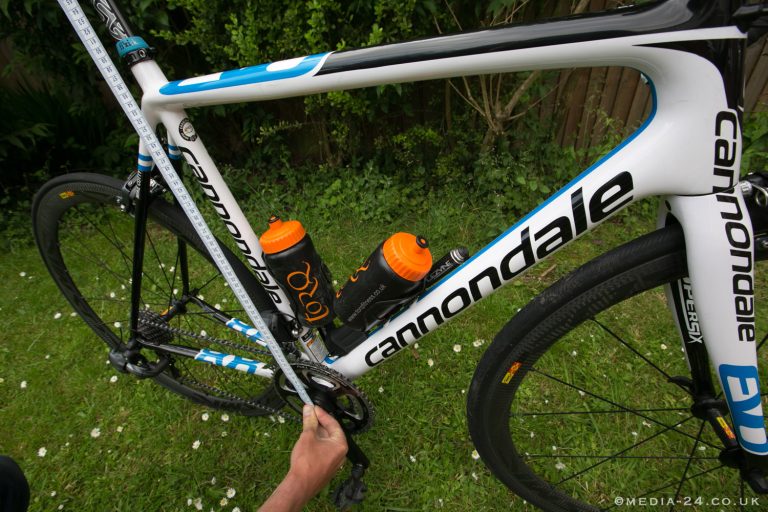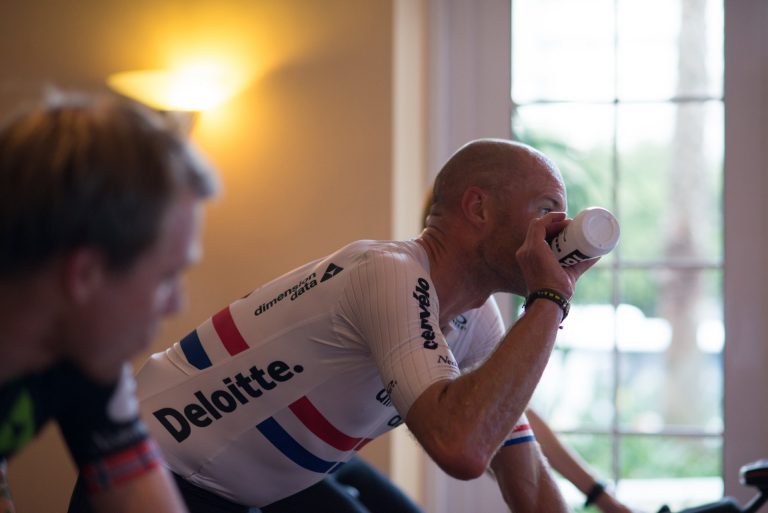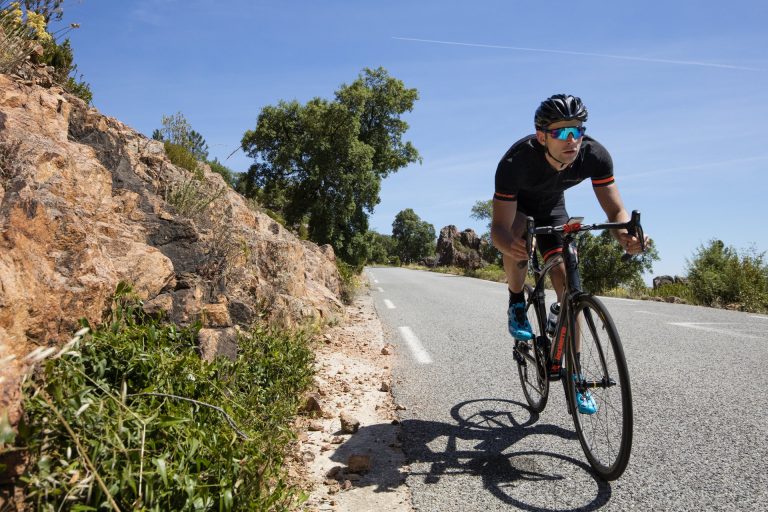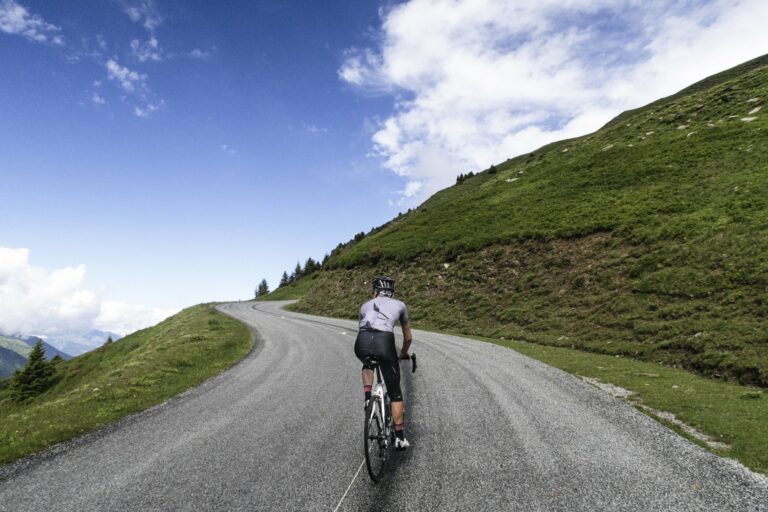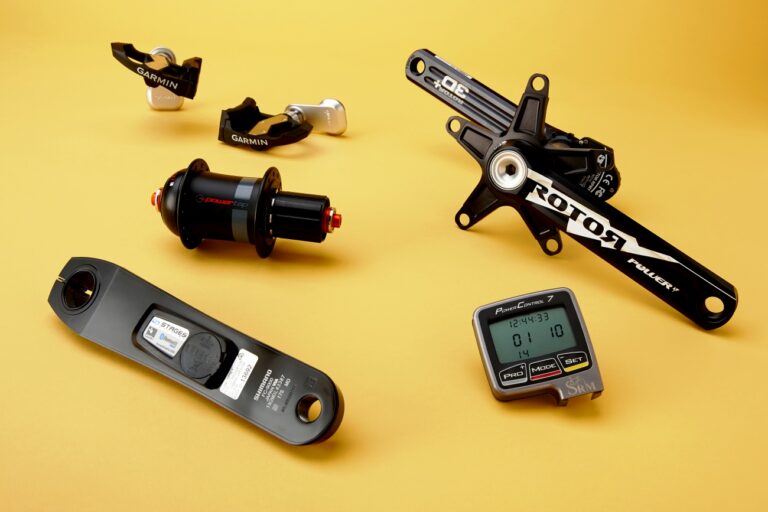Winter can be tough as a cyclist, with the weather and lack of daylight hours working against you to make it as difficult as possible to get out on the bike.
Riding through winter isn’t as simple as summer, when you can chuck on a jersey and pair of bib shorts, and hit the road – but get it right and it can be a joy.
– Eight steps to create your perfect winter training plan –
Preparation and forethought are key if you are to make your time on the bike as enjoyable as possible and, as the weather turns more and more wintry, it’s a good idea to have some rules to abide by to help you through your winter’s training.
From carrying a second pair of gloves to keep cold fingers at bay, to getting back to basic with your riding, here, in no particular order, are my 15 expert tips for winter training.
